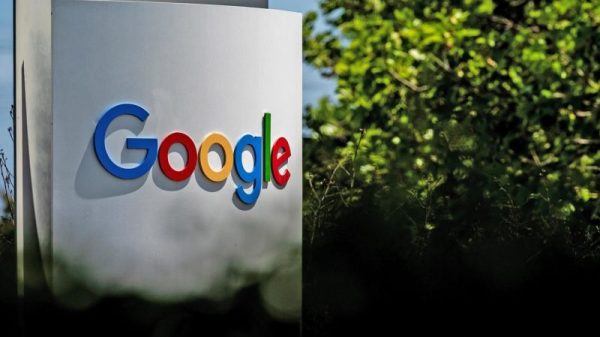In a recent advertisement released by the Trump administration, claims of massive layoffs among autoworkers have emerged as a central focus. The ad, aimed at highlighting the accomplishments of the administration within the automotive industry, alleges that there have been extensive job losses within this sector. However, upon closer examination, it becomes evident that these claims are unfounded and misleading.
The advertisement attempts to portray the automotive industry as being in a state of turmoil, with autoworkers supposedly facing widespread layoffs. This assertion plays into broader rhetoric surrounding job creation and economic stability, characteristics that are typically associated with successful governance. By portraying the Trump administration as champions of the automotive sector, this ad seeks to bolster the image of the incumbent president in the eyes of voters.
Despite the emotive appeal of the ad, the claims made regarding massive layoffs among autoworkers are not substantiated by factual evidence. In reality, employment in the automotive industry has remained relatively stable in recent years, with modest fluctuations reflecting broader economic trends rather than catastrophic job losses. Auto manufacturers and related industries have continued to hire and retain workers, indicating a degree of resilience within the sector that contradicts the ad’s narrative.
It is essential to approach political advertisements with a critical mindset, particularly when they make bold claims about crucial issues such as employment and industry health. The manipulation of facts to serve political agendas is a common tactic in modern advertising, and consumers must be vigilant in evaluating the veracity of such assertions. In this case, the ad’s portrayal of autoworker layoffs as a widespread phenomenon is a distortion of reality that undermines the public’s ability to make informed decisions based on accurate information.
As the 2020 election approaches, political messaging will likely intensify, with competing narratives vying for the attention and support of voters. By scrutinizing advertisements and examining the evidence behind their claims, individuals can better navigate this landscape of information overload and separate fact from fiction. In the case of the ad discussing layoffs among autoworkers, a closer examination reveals the hollowness of its assertions and underscores the importance of maintaining a critical stance towards political advertising.


































